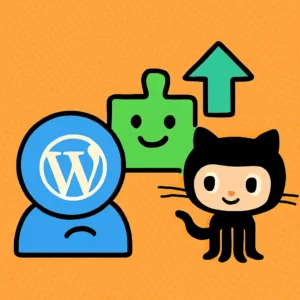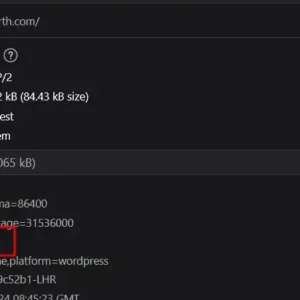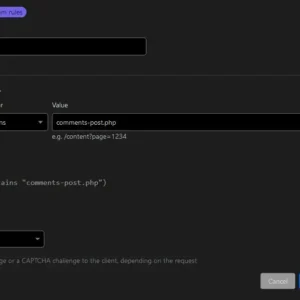Tag: WordPress
How To Correctly Size WordPress Images
Introduction This is a bit of a minefield topic, as there are a lot of plugins and ‘solutions’ out there that require you to pay money or install bloated software to accomplish something WordPress is designed to handle. In this post, I will show you how to have WordPress generate specific sizes for your images […]
Hosting Updateable WordPress Plugins on GitHub
Introduction If, like me, you enjoy writing custom plugins for WordPress, you may know the daunting feeling of managing the versions of your plugins across many websites. While you can use a PHP package manager like Composer for your plugins, this isn’t appropriate for most WordPress deployments. For most, using WordPress’ interface to install and […]
HTML Page Caching with WordPress & Cloudflare
HTML Caching vs Static Asset Caching If you use Cloudflare to proxy your website, you can take advantage of their various caching services. The most common one is static asset caching. Static asset caching refers to media such as images, CSS files and Javascript files. Between deployments and page reloads, these assets typically don’t change, […]
Remove the ‘Website’ field from the WordPress comment form
Introduction The default WordPress comment form contains the following fields: I’m not a fan of the website field, especially since it’s optional anyway. As such, I like to remove it from my blogs. This is a 3-step process: Remove the Website Field This code snippet uses the comment_form_default_fields hook to remove the url field from […]
Rebuilding a Divi website with a custom Block Theme
Introduction Before the 4th of July 2024, my website (yes, this one) exclusively used the popular WordPress theme Divi. You can read more about this build here. I’ve had a love-hate relationship with Divi over the years. When I was first learning the ropes of WordPress, I found Divi to be an excellent tool to […]
How to block WordPress comment spam with Cloudflare
A little while ago I wrote a post titled ‘How to block Contact Form 7 spam with Cloudflare‘. This explained how I use Cloudflare’s WAF rules to prevent any spam form submissions coming through with the popular Contact Form 7 plugin for WordPress. Even if you don’t use Contact Form 7, I’d highly encourage you […]
Local PHP development with Docker Compose
Introduction This post will cover how I host local copies of PHP websites running WordPress and Laravel with Docker Compose. This removes the need to install PHP, Composer, Nginx/Apache, MySQL, NPM/Node, etc locally on your host machine. I run my local development environments within Docker to avoid bloating my system. This means all of the […]
Using WordPress via Composer: How and Why?
Introduction For my website, jackwhitworth.com, I’ve embraced Composer. The main reason for this choice is the ease of managing custom code. By using Composer, I can easily integrate version control and pull in other packages I’ve written from custom Composer repositories. This approach ensures that the site remains efficient, secure, and easily updatable. In a […]
A Guide to Optimising Image Sizes in Divi
Introduction Within web design, images are central to user experience. However, unoptimised images can significantly slow down your website. For Divi users, fine-tuning image sizes can vastly improve site speed and performance. This guide dives deep into how you can optimise image sizes in Divi, ensuring your website remains visually appealing without compromising on speed. […]
Using Cloudflare R2 Buckets with WordPress
What is Cloudflare R2? Cloudflare R2 ‘…allows developers to store large amounts of unstructured data without the costly egress bandwidth fees associated with typical cloud storage services’. It is essentially the same service as Amazon’s S3 storage buckets, but with the key selling points of having a really generous free tier and being overall cheaper […]










